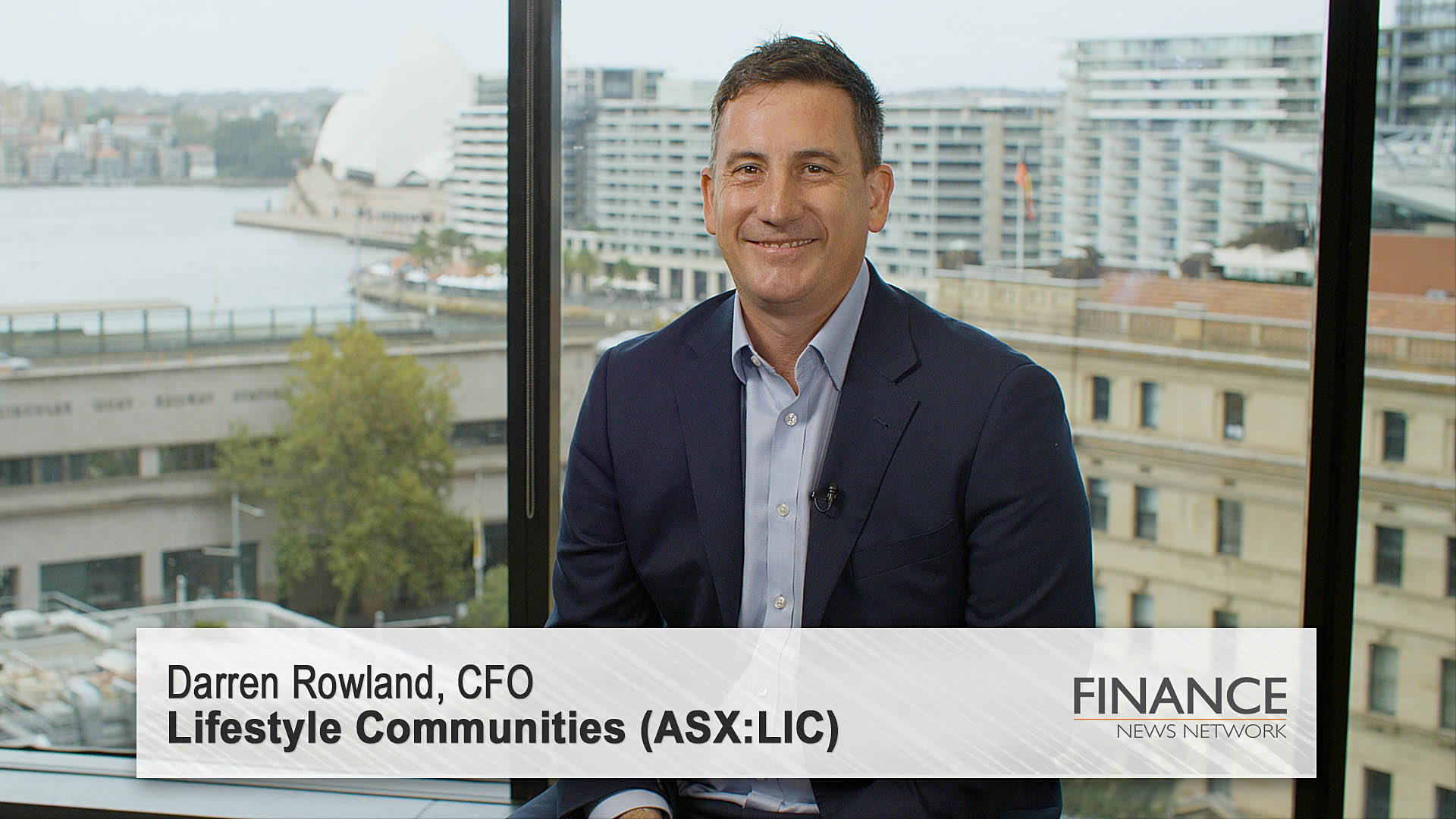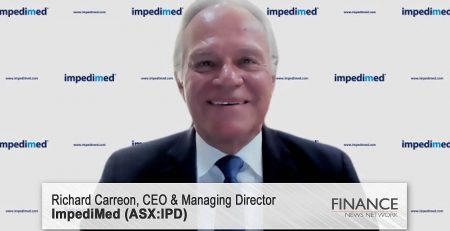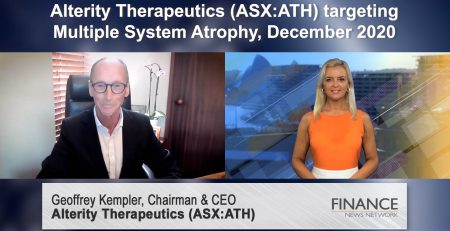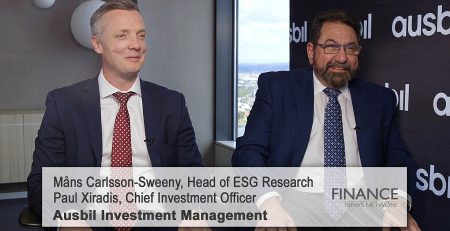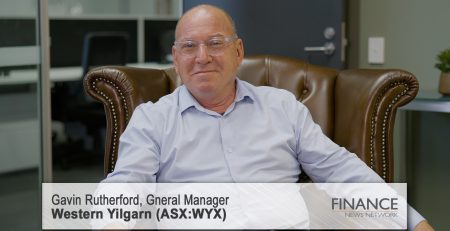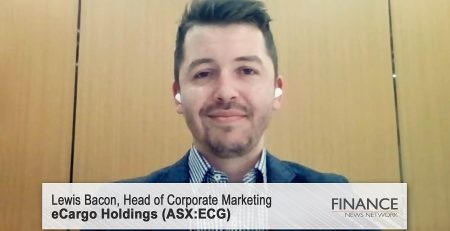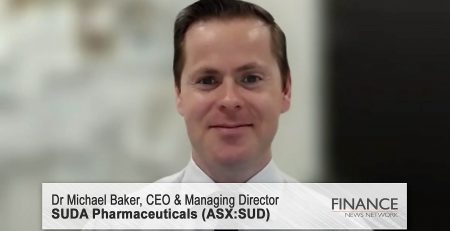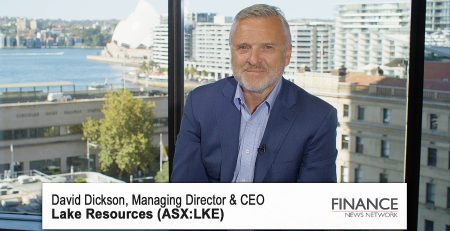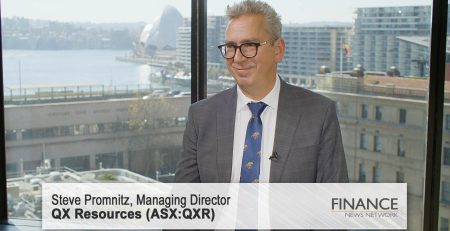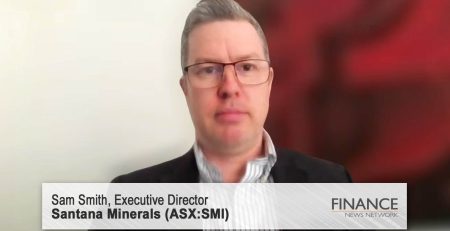Affordable community living for downsizing homeowners
Lifestyle Communities Limited (ASX:LIC) CFO Darren Rowland provides an introduction to the company, discussing business model and service, market positioning and growth opportunities.
Tim McGowen: We're talking today with Lifestyle Communities Limited (ASX:LIC). It's got a market cap of around $1.5bn. We have with us the CFO, Darren Rowland. Darren, thanks for your time. Welcome to the studio.
Darren Rowland: Pleasure. Thanks for having me.
Tim McGowen: Darren, for those investors who don't know the Lifestyle Communities business model, can you talk us through the model?
Darren Rowland: Yeah, so Lifestyle is an affordable housing provider. We target downsizing baby boomers. We operate what's called a land lease model. So, you buy the house and lease the land. The intent of that is to get the buy-in price as low as possible. So, we focus on equity free-up for downsizers, so our typical customer is asset rich, cash poor. They're on the pension, but increasingly we're seeing younger people that are still working that are sort of transitioning to retirement. The goal is you sort of sell the family home, the empty nest with the big garden and a lot of maintenance, and you free up equity into a very low maintenance lifestyle. Comes with all the bells and whistles of pools and gyms and bowling greens and tennis courts, and you name it, we've got it.
Tim McGowen: And, Darren, Lifestyle Communities, it's not a property real estate investment trust, so where do you see yourself positioned in the market?
Darren Rowland: Yeah, that's right, we're not a REIT, although we often do get compared to REITs, being in the property game. I mean, the big fundamental difference for us is this capital recycling model. We, you know, don't seek to make big development profits. Our tagline is, "Price them low and watch them go." We like to sell the homes as cheaply as possible to remove that property cycle risk. So, our average selling price is 75 per cent of the median house price for the catchment that we're in. We stay true to that. That model was there certainly before I started and still exists today. And that really keeps us disciplined. So, keep the price as low as possible, get through the development phase as fast as possible, and get to the annuity income phase, which is where sort of we turn on the homeowner experience and really turn ourselves into a people management business. So, quite different to a traditional REIT.
Tim McGowen: And so what are the terms and average cost per resident and what do they get for their money?
Darren Rowland: Yeah, so, a typical scenario for us would be a customer in the outer suburbs of Melbourne. They would sell their family home for, say, $800,000, $850,000. They might buy with us for $550,000, $600,000. They put the difference in the bank. They then pay a weekly site fee, which is $230 for a couple and $200 for a single. And then, depending on their financial situation, they might qualify for Commonwealth Rental Assistance, which subsidises that rent to the tune of sort of $70 a week. So, it's a very sustainable model. The rent works out at roughly 25 per cent of the pension after taking into account Commonwealth Rental Assistance, and we think that's very sustainable. And then, obviously, the $250,000 that they free up on average in equity by downsizing is theirs to live the good life in retirement. And we certainly do everything we can to encourage that.
Tim McGowen: You touched on government rental assistance for residents. Is that an important part of the model?
Darren Rowland: It is, yeah. For certain people. I mean, not everyone qualifies, but if you do, it's a nice subsidy to help you sort of pay the weekly fees. For us, it's an important part of the model in that, for many customers, they would otherwise end up in social housing or private rental. That adds more stress into the system. So, we think this is a great model with a little bit of government support that provides, you know, high-quality housing options for people at the more affordable end of the spectrum. Also, you know, the model adds a lot in terms of social connection, safety, security, personal interaction, those sorts of things. So, there's a lot of add-on benefits to the model beyond just a housing option.
Tim McGowen: And, of course, rising mortgage rates, rising interest rates, has that affected housing sales and also people moving into your properties as well?
Darren Rowland: Yeah, it's a really interesting one. We get this question a lot, and the answer's probably a little bit counter to what most people think. I think there's a broad view that, you know, interest rates up, property prices down, and that's that. But the property market is a very broad church, and, particularly out in the outer suburbs where we are, the prices don't tend to move around as much. One of the things we've always loved about the model is… you know, it's the high-volume end of the property market, and our customers are selling their established homes typically to first home buyers. And when you look at property markets and property downturns in particular back over time, what happens in a property downturn is all the discretionary buyers drop out of the market, and that can be upgraders or investors, those sorts of things. But, as true as life itself, the people that stay in are the first home buyers, and there's really two main reasons for that. One is stage of life. So, they're growing their family and they need a bigger house to move into. And two is they often get supported by government. So, that's in the form of stamp duty relief or first home buyer grants or you name it.
The two macro themes that we love about the business model is the aging population, people need to downsize, they're underfunded in retirement. A lot of the, you know, people retiring now are pre-superannuants, so they're a bit short on retirement funds. That drives demand. And then, on the flip side, they're selling their homes to first home buyers, who are always in the market regardless of the cycle. So, it's two macro themes that really make the business model resilient regardless of the cycle.
Tim McGowen: That makes perfect sense. And what about the number of villages you operate and kind of where are they located around Australia?
Darren Rowland: So, we're 100 per cent Victorian centric, primarily because that's where there's the least saturation of this type of living. I think, you know, New South Wales and Queensland, you're very climatically blessed and you've had the benefit of these retirement-type communities popping up, particularly around the beaches and things. But I think the missing piece down in Victoria was the proximity to family and people not always wanting to move interstate for the good weather. We're also topographically blessed down there with lots of flat land and great planning and really well thought through development corridors. So, for this type of model where you need a lot of land and building costs matter, particularly in the civil environment, having flat land means we can get through and keep those costs down and really create an attractive option for people when they downsize.
Tim McGowen: And any opportunities to kind of expand around Australia?
Darren Rowland: There are, but for us, you know, we're sort of building at a rate of three communities per year. We're buying three new blocks of land every year at the moment. That's really the limit of our capital model. We stick to what's called a capital recycling model. So, we raised equity back in 2012, $36m, and we said to the market at that time that that would be enough for us and we won't be back, and we haven't. So, basically the way we do it is we build a community, we spend all the money to develop it all. We get all of that money back through house prices. We don't make a cash profit on the sale of the home, so the development is basically a cash cost recovery game. And then we go on and build the next one.
So, as we've rolled on, that capital model restricts our rate of growth a little bit, but it drives a really good discipline through the business. So, what we love about that capital restriction is, you know, the only way we can grow is to sell, and the only way we can sell is to do an amazing job and deliver amazing experiences for our customers. So, that discipline runs all the way through from the very first moment you touch our website all the way to the last day you leave. It's a very customer-centric model. We've got a highly engaged customer experience program and a homeowner experience team. And we very much call ourselves reluctant property developers. We're a people business first. We're managers of communities. And we see the development aspect as sort of the means to the end.
Tim McGowen: Darren Rowland, thanks for your time.
Darren Rowland: Pleasure. Thanks for having me.
Ends
Copyright 2023 – Finance News Network
Source: Finance News Network

